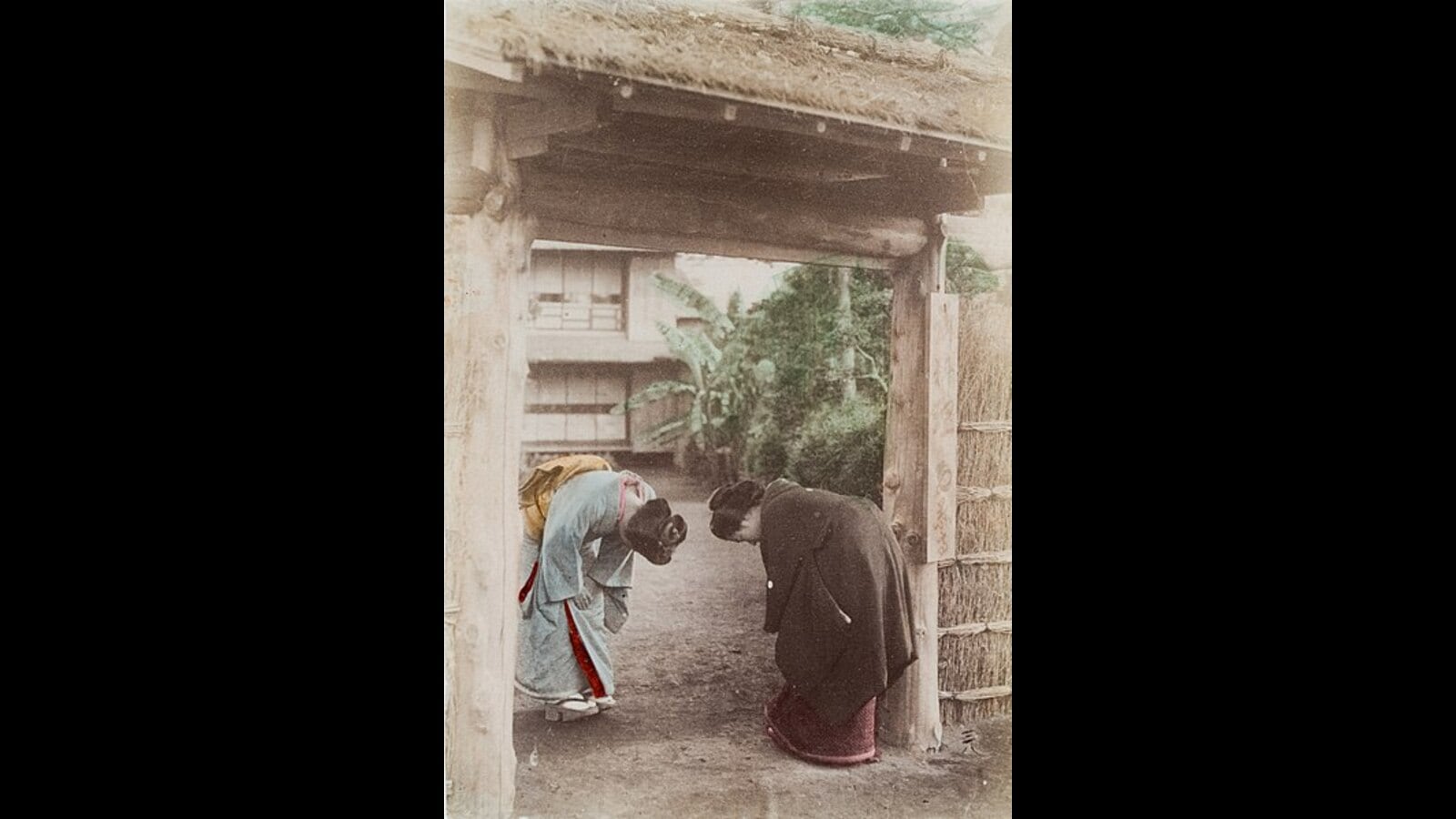World
Meet expectations: A nod to greeting styles around the world

It’s become so universal that we barely notice it. But “hello” hasn’t been around for very long.
It is only about 200 years old in the English language, and comes to us from the Middle Age greeting “Hail”, which itself draws from hale and health. (Hello is just one variant; others include hollo, hallo and halloa).
Of course, pretty much every culture has a favoured greeting. “Allillanchu” is “How are you” in the indigenous Quechua language of Peru. “Dumela” in Tswana and “goddag” in Danish are “good day”. There’s “jambo” in Swahili and “kaixo” in Basque, for “you are welcome”. “Ni hao” is “are you well” in Mandarin. And “xin chao” is the uber-polite “may I greet you” in Vietnamese. Coming full circle, “zdravo” is “hail” or “good health” in Bosnian.
Of course, a greeting needn’t be a word. Among the Japanese, a bow must accompany whatever term one uses, as a sign of respect. Not all bows are equal. Saikeirei (literally, “most respectful gesture”) is the deepest bow, an almost-worshipful one in which the nose nearly touches the hands (which rest on the lap of the standing greeter).
There is also the never-ending bow, as I like to call it. In Japanese, it is the pekopeko, a sort of bobbing and ingratiating bowing of the head, to indicate a fawning respect.
The Japanese are almost obsessively punctual, so they probably don’t have a word for the feeling of waiting impatiently for an encounter to begin. But in the Arctic, the frustration of this experience is summed up in the Inuit word “iktsuarpok”, meaning “to go outside often to see if someone is coming”. Russian has the rather aggressive flip side: “dozvonit’sya”, which is to ring a doorbell not once or twice but incessantly, until one gets an answer.
Once the gathering is complete, conversation must ensue, and this can be complicated.
As any Indian knows, there are many, many ways to say “you”. Hindi alone has “aap” for elders, seniors and the respected; “tum” for friends, peers and junior family; and “tu” which, let’s face it, is a veiled insult (or familiar endearment, depending on the context).
Vietnamese has no fewer than 18 words for “you”, depending on factors such as whether the person addressed is a child or a senior citizen, and whether the relationship is one marked by formality or informality.
The Western Australian Aboriginal language of Jiwarli is less subtle. It has four terms for “we”. Ngali means “we two, including you”. Ngaliju means “we two, but not you”. Nganthurru is “we all, including you”. And nganthurraju is “we all, excluding you” (ouch).
That last is clearly for a person regarded with less than affection. What of a meeting with someone beloved? “Samir” is Persian for one who converses at night, by moonlight. “Begadang” is Indonesian for the act of staying up all night, talking. The wonderfully tactile “glossalgos” was Ancient Greek for “talking until one’s tongue ached”.
And then there are phrases for times when a conversation simply won’t go right…
In Indonesian, “latah” is the uncontrollable habit of saying embarrassing things. In the same language, “nyelonong” is someone who interrupts without apology. In Hawaiian, ’a’ama is someone who speaks rapidly, hiding their meaning from one person whilst communicating it to another!
Don’t you love it when a term is that specific? Not every culture opts to be quite as frank, which makes for some twisty metaphors. My favourite: The Mandarin “dui niu tanqin”, for talking over someone’s head or addressing the wrong audience. Literally? They’re “playing the lute to a cow”.










